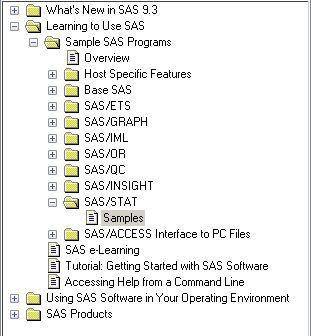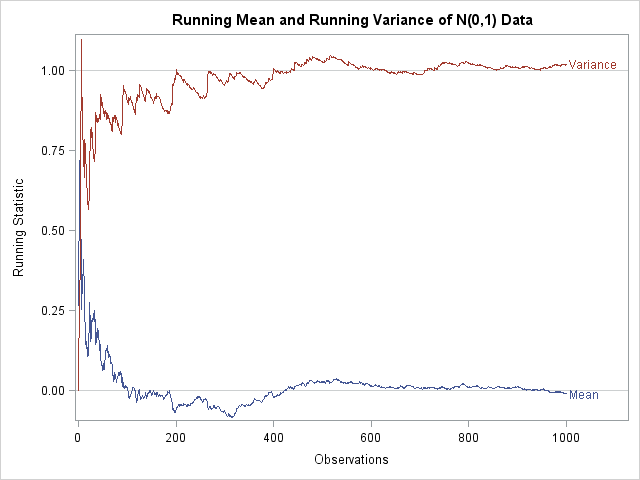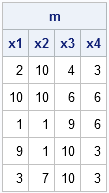
Have you ever wanted to run a sample program from the SAS documentation or wanted to use a data set that appears in the SAS documentation? You can: all programs and data sets in the documentation are distributed with SAS, you just have to know where to look! Sample data








